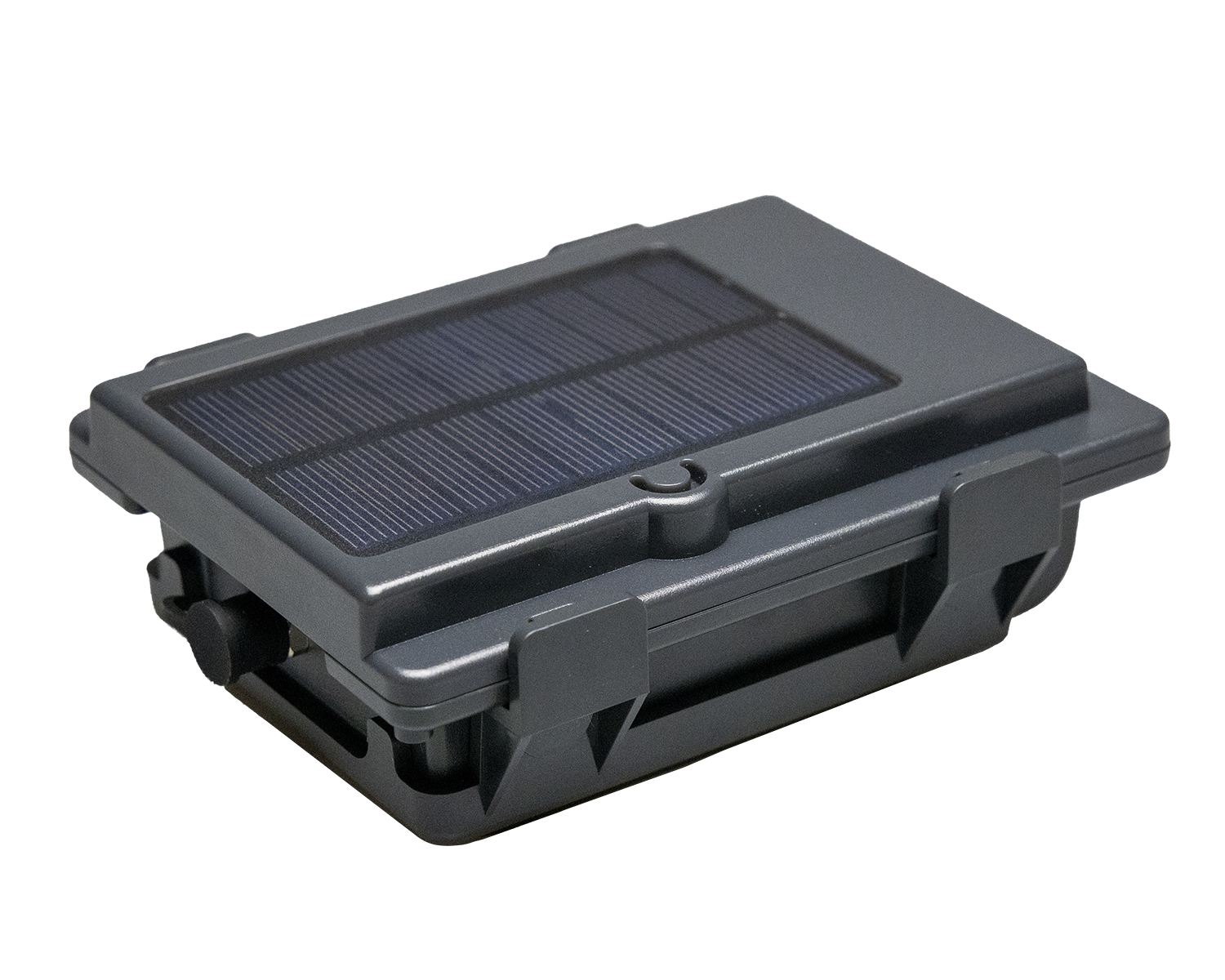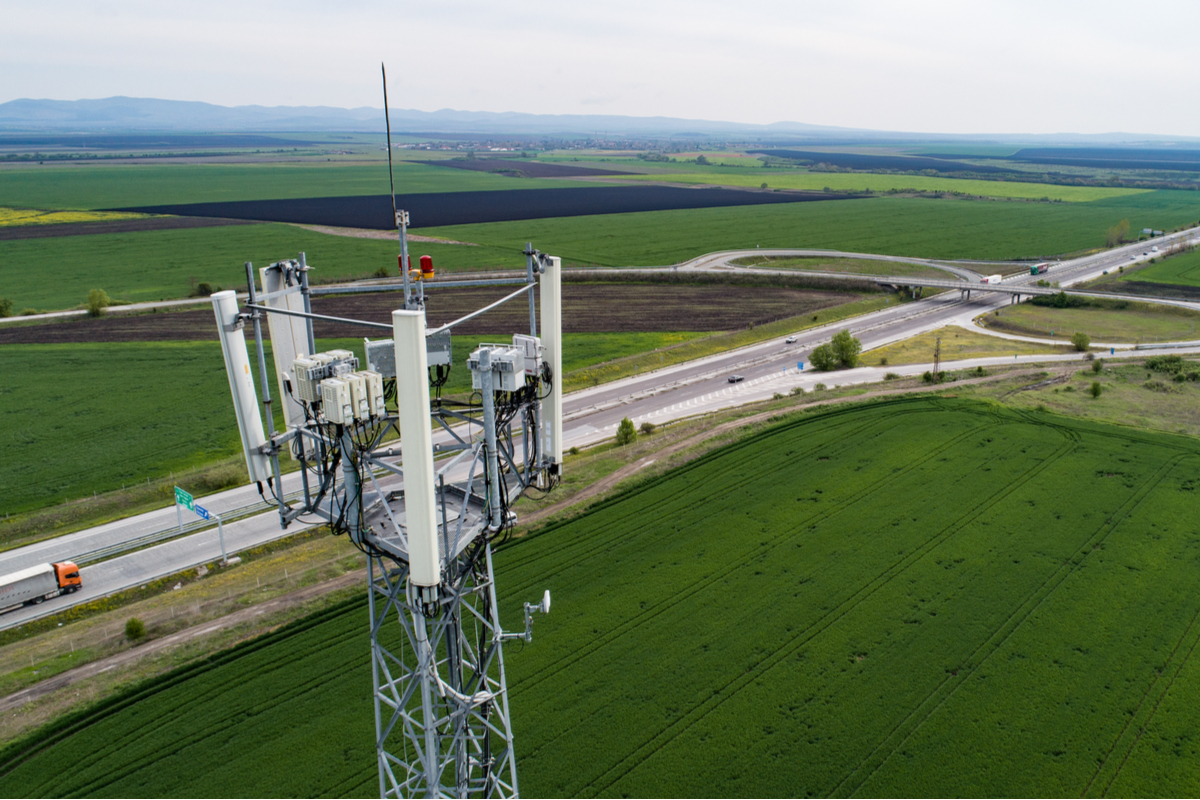AUGUST 31, 2021
3-in-1 Asset Tracker (SATST4950)
was engineered to protect assets by GPS tracking. It was designed to be powered by solar, battery, and/or hardwired to a vehicle or equipment.
Upgrading Hardware For The Future
At M2M In Motion, we are carefully attuned to the new trends and technologies of today’s age. We want to help clients to navigate a sophisticated market and get the gear they need to compete in a fast-paced business world.
To that end, let’s talk a little bit about some of the most important upgrades happening now. Understanding these changes will put your company in the driver’s seat to continue to compete while other firms are getting the latest and best systems set up.
3G to 4G LTE
Yesterday’s old 3G system is quickly becoming obsolete. Systems are being modernized or switching over to the LTE style network for 4G communications even as a new standard called 5G is being introduced.
The quickness of 5G being implemented shows how old-fashioned 3G is now. Many devices are still supported by the old 3G model, but experts estimate that by 2022, end-of-life for 3G will be apparent.
The time when all providers using 3G ditch this technology and shutoff towers in lieu of 4G LTE networks is referred to as the 3G sunset. When this occurs, all of the devices running on 3G (ex: cellphones) will cease to work, which is why now is the time to plan your migration to 4G LTE networks.
Hardware users will likely scramble to get their ducks in a row, caught unawares by this sudden change, much like Windows XP users a few years back had to comb through their networks for XP-dependent stations.
Why LTE?
New LTE networks can be built faster than 3G systems. They also offer more capacity for data broadband delivery.
One way to think of this is to think about how your smartphone or device has changed in the last decade or so. Looking back, we used relatively little bits of data – we did mostly voice with some limited Internet capacity.
Our newer smartphones are incredibly powerful computers that sit in our pockets. As such, they need dedicated communications paradigms that can match their insatiable demand for data. That’s part of what 4G LTE, and then 5G, were set up to address.
Modern Services
Companies that need to upgrade and optimize their hardware and software networks can get adequate support from M2M In Motion.
There’s something in the tech world called a “desired state” – that’s when your systems are all optimized to your needs. Most companies are far away from that goal right now. They need help!
We offer 24/7 support with analytics services and the ability to choose menu options that support your enterprise. With video live streaming and real-time alerts and more, M2M In Motion is helping clients to embrace the future instead of being scared of these new technologies. Reach out to us to get connected with an IT partner that can guide your business toward long-term success.
Why Upgrading to LTE Connectivity is Beneficial For Fleet Owners/Managers
Whether you are a fleet owner or manager, you know how important the right technology is when trying to keep up with the costs of running multiple vehicles. Taking an objective look at the fleet management equipment you have in place is crucial when trying to figure out whether it is outdated. Business owners spend millions of dollars replacing outdated fleet technology annually.
In the past few years, wireless carriers have started to phase out the Global System for Mobile Communications (GSM) and Code Division Multiple Access (CDMA) systems. These companies now use Long Term Evolution (LTE) networks to provide better service to their customers.
If the onboard equipment you are running uses GSM or CDMA networks for connectivity, it is time to make a change. Below are some reasons why upgrading to LTE-powered equipment is beneficial for fleet owners/managers.
Avoid Using Technology That Will Soon Be Obsolete
One of the main concerns fleet owners/managers have is reducing costs. The long-term cost of using outdated onboard technology can be quite substantial. Since most wireless carriers are moving away from CDMA and GSM networks, it is only a matter of time before equipment that uses these networks becomes obsolete. Waiting until your equipment is completely outdated to replace it can lead to downtime and higher costs.
This is why you need to view your move to LTE-powered onboard equipment as a necessary investment. With an investment in LTE-powered equipment, you can somewhat future-proof your business. By future-proofing your fleet, you should have no problem taking advantage of what this technology provides both now and in the years to come.
Increased Bandwidth is a Must For Modern Fleets
Investing in onboard fleet technology is a great way to keep an eye on what is going on out in the field. This technology should allow for the flow of information from drivers to the businesses they work for. However, if you are using outdated technology, the transfer of information from your drivers will be slow and cumbersome.
One of the main reasons why LTE networks have become so popular in the world of fleet management is because of the data transferring speeds they provide. On average, an LTE network is capable of transfer speeds up to 10 times faster than CDMA and GSM networks. With faster speeds, your drivers will have no problem sending and receiving the information needed to keep them productive.
LTE Networks Provide Better Coverage
Do your drivers go into remote areas with very little coverage? If so, then investing in LTE-powered onboard technology is a great idea. The LTE network provides better coverage in remote geographical areas, which is why it is becoming so popular with fleet owners/managers around the country. While this connectivity is offered by satellite-based solutions, LTE solutions are far less expensive.
Are you interested in upgrading your existing onboard equipment? If so, the professionals at M2M in Motion can provide your business with the assistance it needs.



